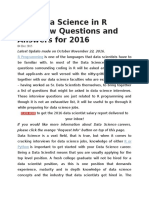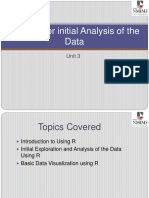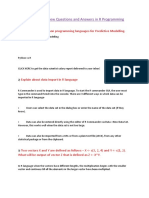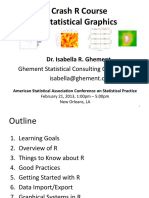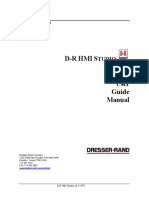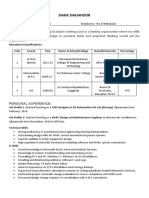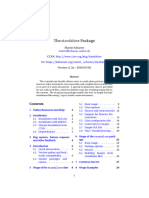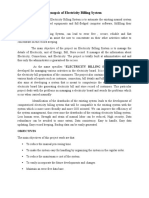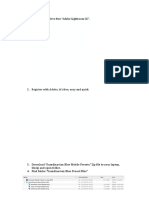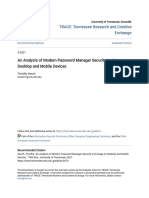0% found this document useful (0 votes)
15 views11 pagesTop 80 R Programming Interview Questions
The document outlines the top 80 R programming interview questions, covering core concepts, data manipulation, visualization, programming, statistics, machine learning, deployment, and reproducibility. It provides essential information about R's features, common functions, and best practices for data science. The questions also address practical applications and tools used in R programming for various tasks.
Uploaded by
HIMANSHU MAHESHWARICopyright
© © All Rights Reserved
We take content rights seriously. If you suspect this is your content, claim it here.
Available Formats
Download as PDF, TXT or read online on Scribd
0% found this document useful (0 votes)
15 views11 pagesTop 80 R Programming Interview Questions
The document outlines the top 80 R programming interview questions, covering core concepts, data manipulation, visualization, programming, statistics, machine learning, deployment, and reproducibility. It provides essential information about R's features, common functions, and best practices for data science. The questions also address practical applications and tools used in R programming for various tasks.
Uploaded by
HIMANSHU MAHESHWARICopyright
© © All Rights Reserved
We take content rights seriously. If you suspect this is your content, claim it here.
Available Formats
Download as PDF, TXT or read online on Scribd
/ 11

























